As the lines between the digital and the physical world blur, you must create a holistic experience for your customers across channels. Customer expectations are higher today than they were a year ago. To ensure customer satisfaction and meet these rising expectations, you need to embrace innovation and stay on top of these 12 customer service trends that will matter for success in 2022.
Top 12 Customer Service Trends in 2022
1. Social media becomes the primary customer service channel
Social media is not only an essential marketing tool for modern businesses, but it is also an efficient customer service channel. Social media platforms like Facebook, Instagram, WhatsApp and LinkedIn have become vital touch points in the customer journey.
Customers are increasingly discovering brands, browsing products, and making buying decisions on social media. It is only a natural consequence that they also expect companies to offer support on these same channels. Infact, 59 percent of US social media users think social media has made customer service easier, which is why they prefer it over other channels like email and calling.
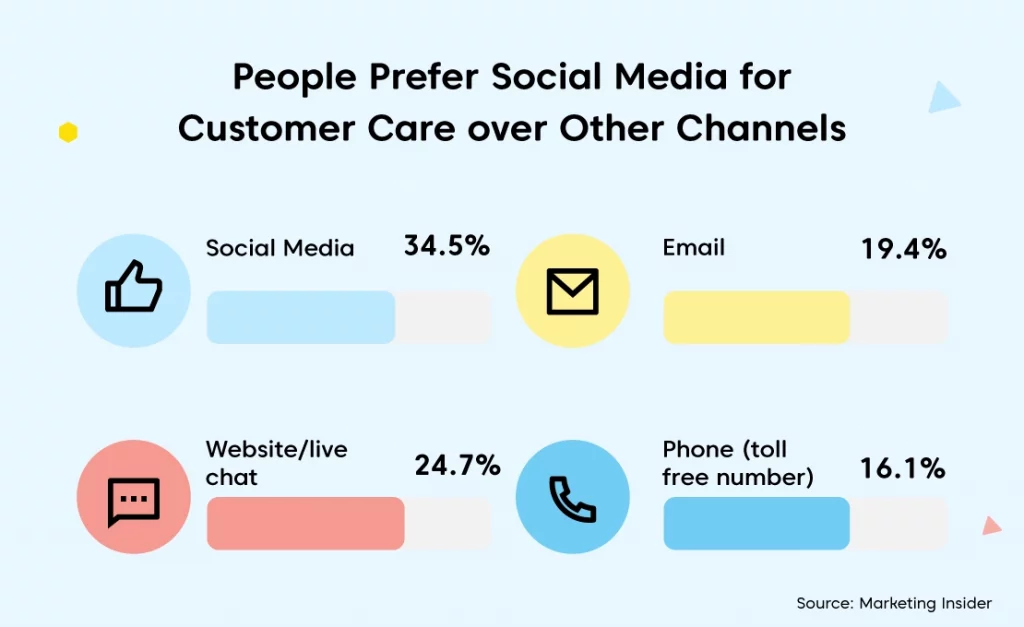
2. AI-powered automation gains momentum
AI-powered customer service automation is definitely a force to be reckoned with in 2022. It’s predicted that the use of AI by customer service teams will increase by 143% this year, and for good reason. AI is swiftly disrupting the customer service space with its massive potential to multi-task, quickly respond to queries and understand customer sentiments to personalize interactions in real-time.
Automation is not a new concept, IVR systems and chatbots have been here since the early 90’s. However, the integration of AI and automation provides a level of reliability and responsiveness that isn’t humanly possible.
3. Conversational AI becomes the next-big tech
Conversational AI software such as chatbots and voice assistants are increasingly gaining popularity. Chatbots currently represent the top use of AI in enterprises, and their adoption rates are expected to almost double over the next two to five years.
There is no doubt that conversational AI has the potential to deliver far more personalized customer experiences at lower cost by combining real-time customer data analytics and natural language processing that continuously learns from interactions. The impact of conversational AI tools on customer engagement, loyalty and retention is enormous.
Request a demo to automate and personalize customer support with Yellow.ai next-gen conversational AI tools.
4. Co-browsing gives a new definition to real-time support
We live in an era of instant gratification. Customers expect businesses to be fast and convenient, just like Amazon or Google. That is why providing real-time support with a response time of 1 minute or less becomes crucial for businesses. There are plenty of ways in which you can assist your customers in real-time like video call, live-chat or self-service options, but the most popular one nowadays is co-browsing.
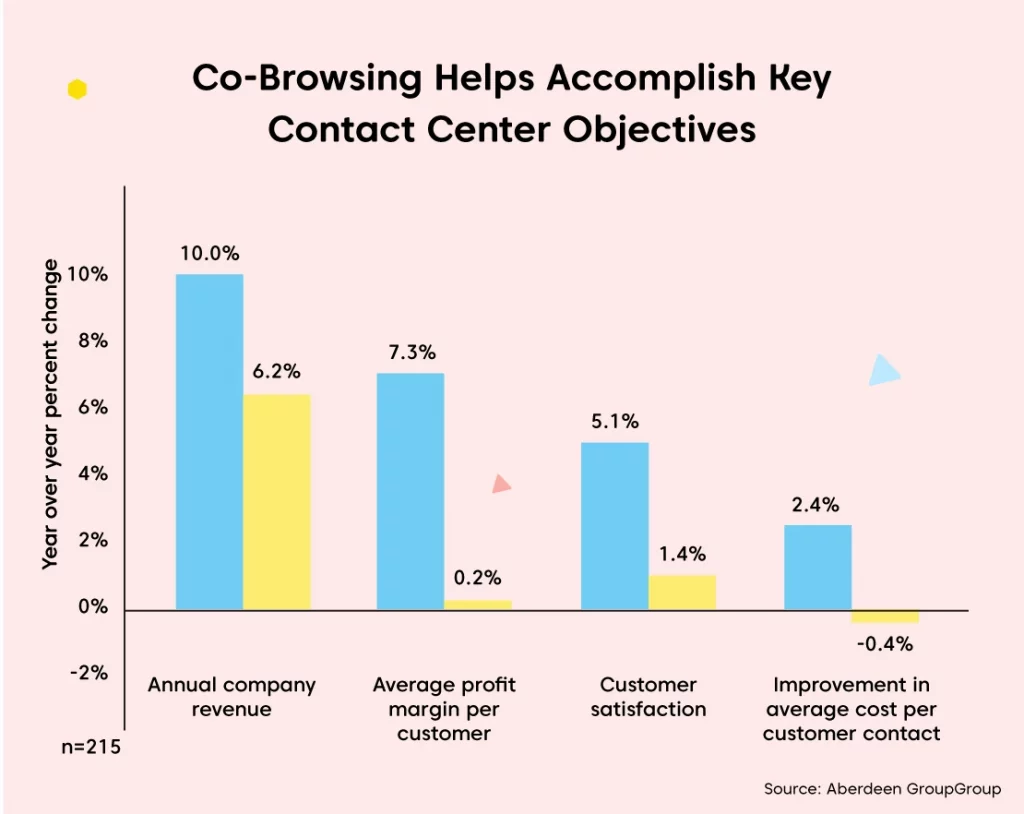
Co-browsing or collaborative browsing allows simultaneous navigation of any web page by agent and the customer. Co-browsing combined with other applications such as video chat lets the agent provide a human touch to the online buying process. Also, it’s completely secure, as during the session the agent can not see any other data on the client’s device. The customers will need to approve the request before the agents can start the co-browsing session.
5. Customer service options become mobile-friendly
With the rise of M-commerce, 87% of customers today use mobile devices to make online purchases. They also use these devices to avail support and interact with your brand over emails or calls. This means you need to deliver exceptional mobile-first customer service to improve customer experience and to do that you need to figure out what your customers expect from you.
6. Emphasis increases on collecting and utilizing data
Collecting and utilizing data is vital for personalizing customer service. With the help of AI-powered chatbots, you can automatically capture customer data throughout their journey, and use it to provide tailored, individualized customer service.
Gartner predicts that in the next two years, the focus will not only be on analyzing customer data using digital analytics, sentiment analysis and machine learning, but also leveraging that data to make informed decisions using the actionable insights.
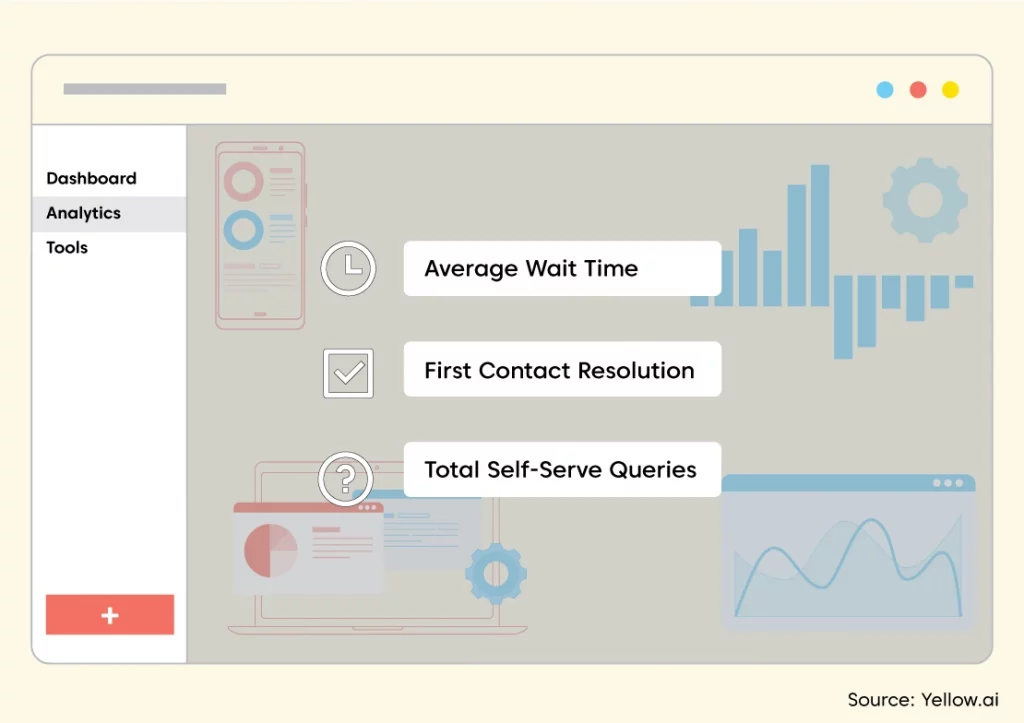
In addition, companies will be optimizing KPIs like first response time, average wait time, and net promoter scores. These metrics are a direct reflection of a support team’s efficiency and can be easily compared to industry benchmarks to set healthy, achievable goals.
7. Unified dashboards improve omnichannel support
Customers today prefer seamless experiences across channels. Most companies focus on providing support over multiple channels but the thing that ties all the channels together is a unified dashboard where agents can access consolidated customer data collected from chat, email and voice. With the help of a unified dashboard, you can achieve synergy between channels and customer touchpoints to deliver an integrated experience.
8. More customers demand for personalization
Customers want personalization and are willing to share their info to get personalized experiences. A recent report by Accenture revealed that 91% of consumers say they are more likely to shop with brands that provide relevant offers and recommendations.
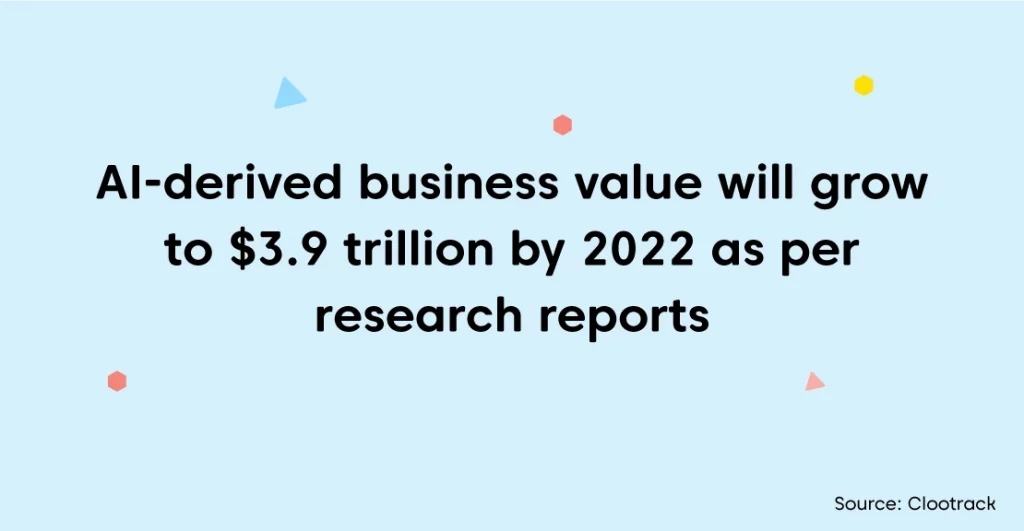
Companies collecting customer data can use machine learning and AI to derive insightful information into customer needs and wants. They can use these insights to deliver an unrivaled level of personalization throughout the customer journey. This can range from simple product recommendations based on past purchases to websites redesigned in real-time.
9. Proactive customer service provides preemptive solutions
Leading brands are already adopting a proactive approach towards customer service. Proactive customer service is anticipating customers’ needs and problems to resolve them before they occur. It is a great way to win customers’ trust and turn them into loyal brand advocates.
However, the majority of businesses still wait for customers to contact them with their problems. Troubleshooting can be tedious and cause dissatisfaction among customers. This is why it’s always a good idea to stay one step ahead and provide preemptive solutions to the issues that customers might face.
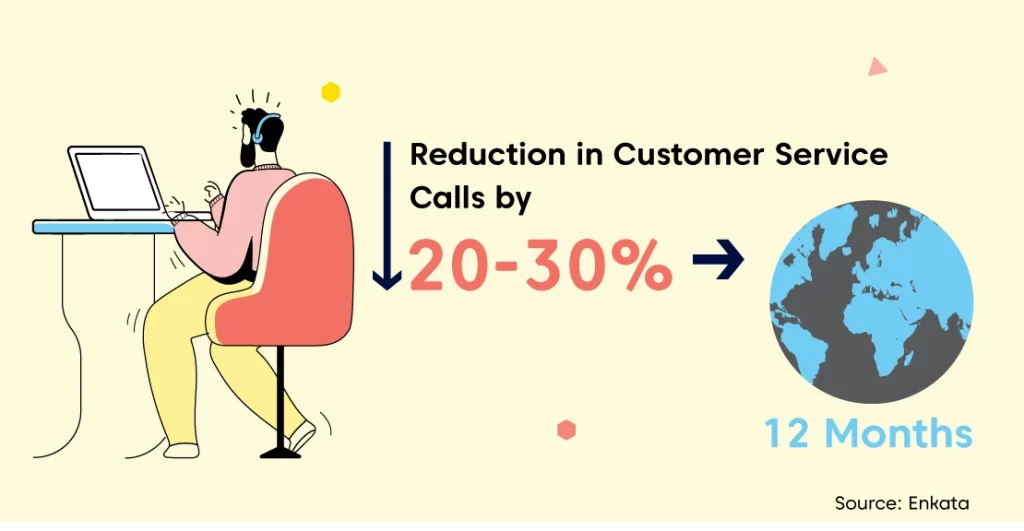
10. Digital self-service channels offer tremendous cost-savings
Harvard Business Review found that a whopping 88% of U.S. customers expect organizations to offer self-service options. Especially millennials prefer trying to solve their issues on their own before contacting customer support for help.
Not only do self-service channels save customers time but they also enable you to help a large number of customers at a significantly lower cost per interaction. Live channels such as phone, chat and email cost approximately $8.01 per contact, while self-service channels cost 10 cents, according to the 2019 Gartner Customer Service and Support Leader Poll.
11. Customer service centers open in metaverse
Social connection is evolving with meta verse. Recently, the Ministry of Health and Prevention, UAE announced the world’s first Metaverse customer happiness service center. It’s not long before we start seeing many other organizations open customer service centers in the realms of meta verse. Having said that, it’s also important to have a cautious approach while heading into this space.
12. More companies focus on improving operational efficiency
In 2021, we saw that what started as a preventive measure soon became the new norm for modern workplaces – work from home. With agents and customer support teams working from home, companies need to look into ways to maximize operational efficiency.
This highlights the need for cloud-based technologies as it is not just about meeting customers where they are anymore, it’s also about deploying digital customer-communication platforms that let your agents efficiently support customers from the vicinity of their homes. Organizations need a scalable technology infrastructure that integrates with various internal and external ERP and CAI systems to empower agents to deliver exceptional support.
Key takeaways
Like any other industry, customer service is also influenced by trends like artificial intelligence and metaverse. The driving force behind any and every innovation in the customer service industry is to elevate customer experience and satisfaction. Modern customers expect omnichannel, on-demand and personalized services and getting on-board with these top customer service trends can help you achieve that.
Also, Yellow.ai with it’s cutting-edge total experience automation solutions can help you improve real-time engagement across channels for higher returns. Request a demo to get started.
















